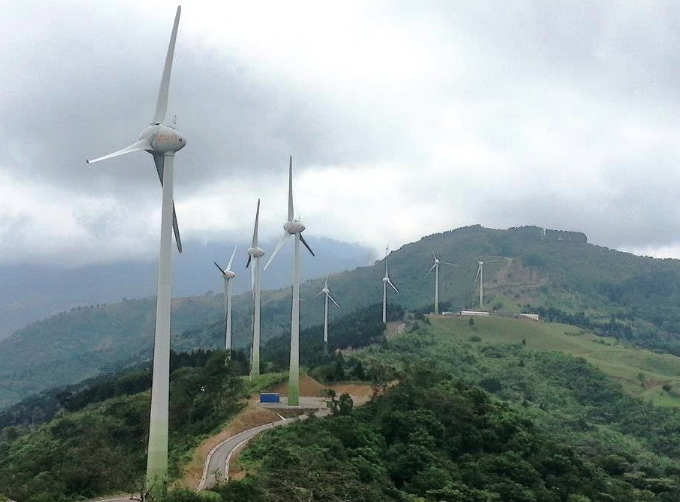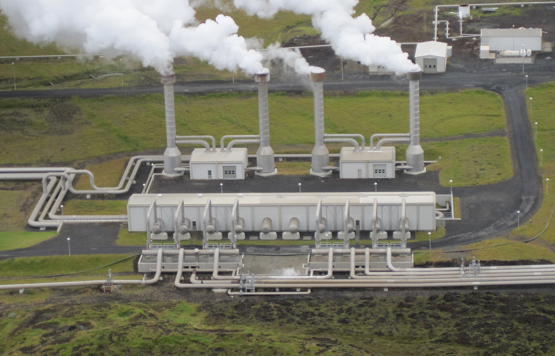Costa Rica News – In forming the public policies for energy efficiency, Minae left out six areas of the sub-sector, among them the Costa Rican Institute for Electricity (ICE) and the Costa Rican Petroleum Refinery (Recope).
 Although they make up the Subsector’s Energy Board, the six areas have not been asked for either their opinions or proposals they might have. The directives were later validated, but they had no part in their formulation.
Although they make up the Subsector’s Energy Board, the six areas have not been asked for either their opinions or proposals they might have. The directives were later validated, but they had no part in their formulation.
This is one of the most serious faults that came out from the DFOE-AE-IF-05-2014 report, the General Comptroller of the Republic (CGR). The body studied how rational the State policies are in order to regulate the growing demand for energy, and it analysed how they achieved their plans in order to reach a more efficient level of consumption.
One criticism is that the National Development Plan (2011-2014) just establishes a direct responsibility on the part of Minae, which creates a “very general” result, based on “mere dissemination”. The rest of the targets fall into the hands of the Transport group, or to the renewable energy generators.
According to the CGR, the text which should serve as an advisory framework for the Government in terms of public policies lacks the models for plans, programs and projects.
The sixth National Energy Plan (2012-2030) received a red mark: it doesn’t provide any evidence for which actions should be prioritized to improve energy efficiency, nor does it analyse where these are viable or what their impact would be.
What are they hoping to generate between 2020 and 2030 with these plans? The Ministry of Environment and Energy’s plans don’t state this in any definitive way.
According to the report, the authorities from the previous Administration, led by the Minister René Castro, didn’t even carry out many of the actions contained in the fourth National Energy Conservation Program(2012-2015): it didn’t create agreements which would finance the purchase of efficient teams or to implement clean energy projects.
Yet another fault is that the National Energy Conservation Commission hasn’t met since 2007.
The general situation, according to the CGR, was promoting disjointed actions which limited the compliance towards the efficiency targets and undermined the agreements that the members of the sector had made. The comptroller, thus, found it impossible to measure the efficiency of these actions because “there’s no methodology or any indicator of the impact.”
René Castro, ex-Environmental Chief, says “there are some internal issues with communication in the CGR”. She maintained that the 10 years ago, the CGR ordered Minae to eliminate from the budgets any plans for saving or for energy efficiency. Then, she added, they were to remove incentives for those who could add to the efficiency plans.
“The CGR has ignored the work of those who have indicated and monitored energy efficiency. The figures for energy consumption show diminishing tendencies: fewer kilowatts are consumed for every $1.000 produced”, said Castro.
Édgar Gutiérrez, Environmental Minister, agrees with the CGR on the marked deficiencies. He also said that in April 2015, the new Energy Plan would be ready.
From La Nacion, translated by Leah Hendre

